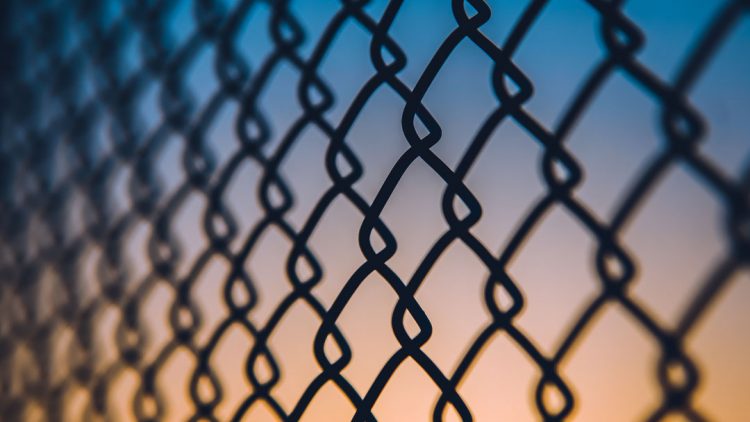What Is The Best Emergency Fencing?
Emergency fencing provides a quick and temporary barrier solution for various needs, such as construction sites, event management, or disaster response. Here are some of the best options for emergency fencing:
-
Temporary Chain-Link Fencing:
- Pros: Sturdy, reusable, provides good security.
- Cons: Heavier and more challenging to set up compared to other temporary options.
- Uses: Construction sites, public events, and areas requiring high security.
-
Plastic Mesh Fencing:
- Pros: Lightweight, easy to transport and install, cost-effective.
- Cons: Less durable, not as secure as metal fencing.
- Uses: Crowd control, marking boundaries, light-duty protection.
-
Metal Panel Fencing:
- Pros: Robust, provides high security, quick to deploy.
- Cons: More expensive, heavier.
- Uses: High-security requirements, construction sites, and disaster zones.
-
Snow Fencing:
- Pros: Easy to install, effective for controlling snow drifts or sand.
- Cons: Specific to certain weather conditions, not very secure.
- Uses: Winter road safety, controlling sand drifts in desert areas.
-
Event Fencing (Barricades):
- Pros: Designed for crowd control, easy to set up and dismantle.
- Cons: Limited height, not suitable for security needs.
- Uses: Concerts, festivals, public events.
-
Plastic Jersey Barriers:
- Pros: Highly visible, can be filled with water or sand for added stability.
- Cons: Heavy when filled, limited in height.
- Uses: Traffic control, creating safe pedestrian zones.
When choosing the best emergency fencing, consider factors such as the specific use case, the required level of security, ease of installation, and budget. For instance, temporary chain-link fencing might be best for a construction site needing robust security, while plastic mesh fencing might suffice for a temporary event boundary.
[/vc_column_text][/vc_column][/vc_row]
Residential and Commercial Fencing Mesa | Construction – Special Events – 24 Hour Emergency Fencing Phoenix
0

